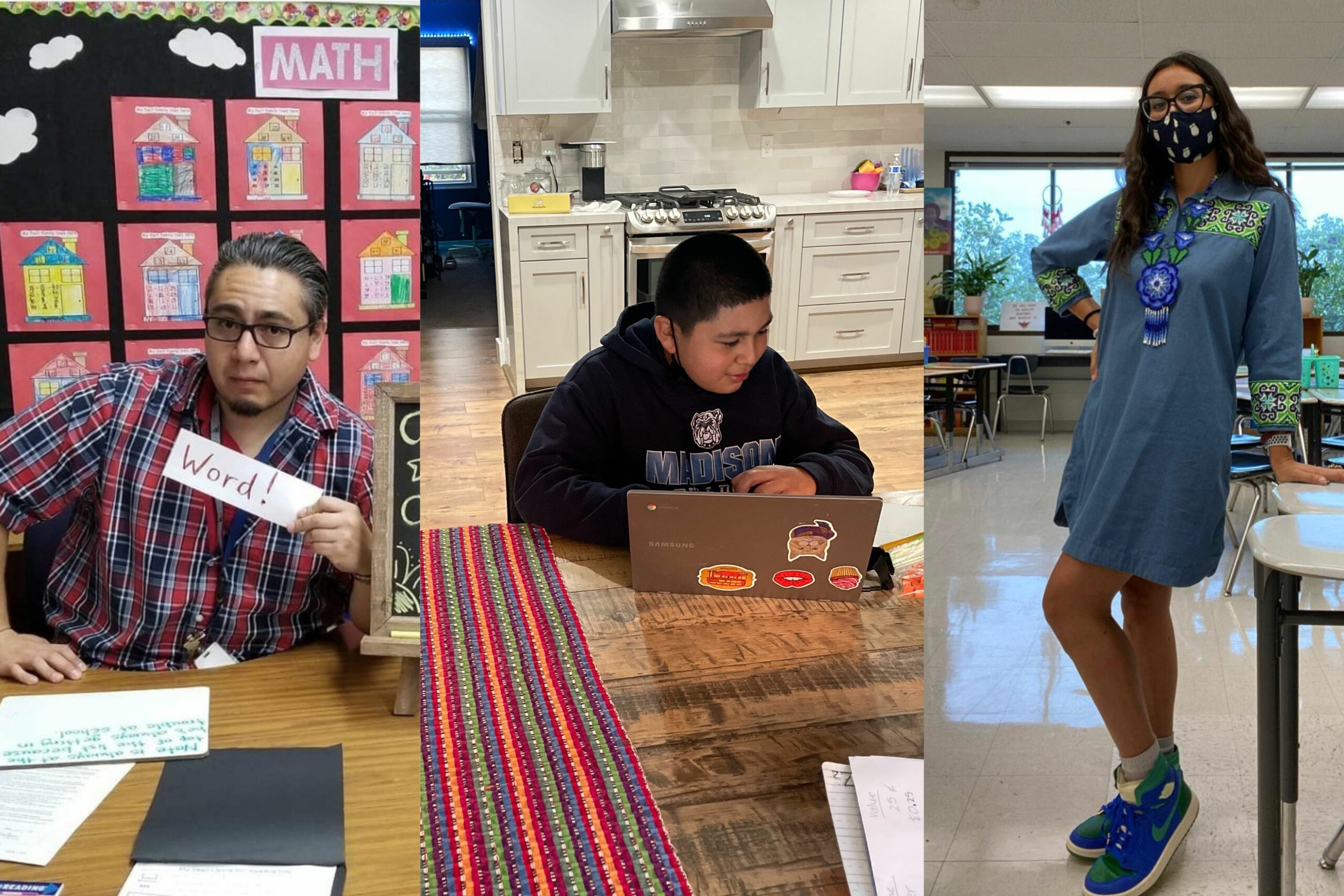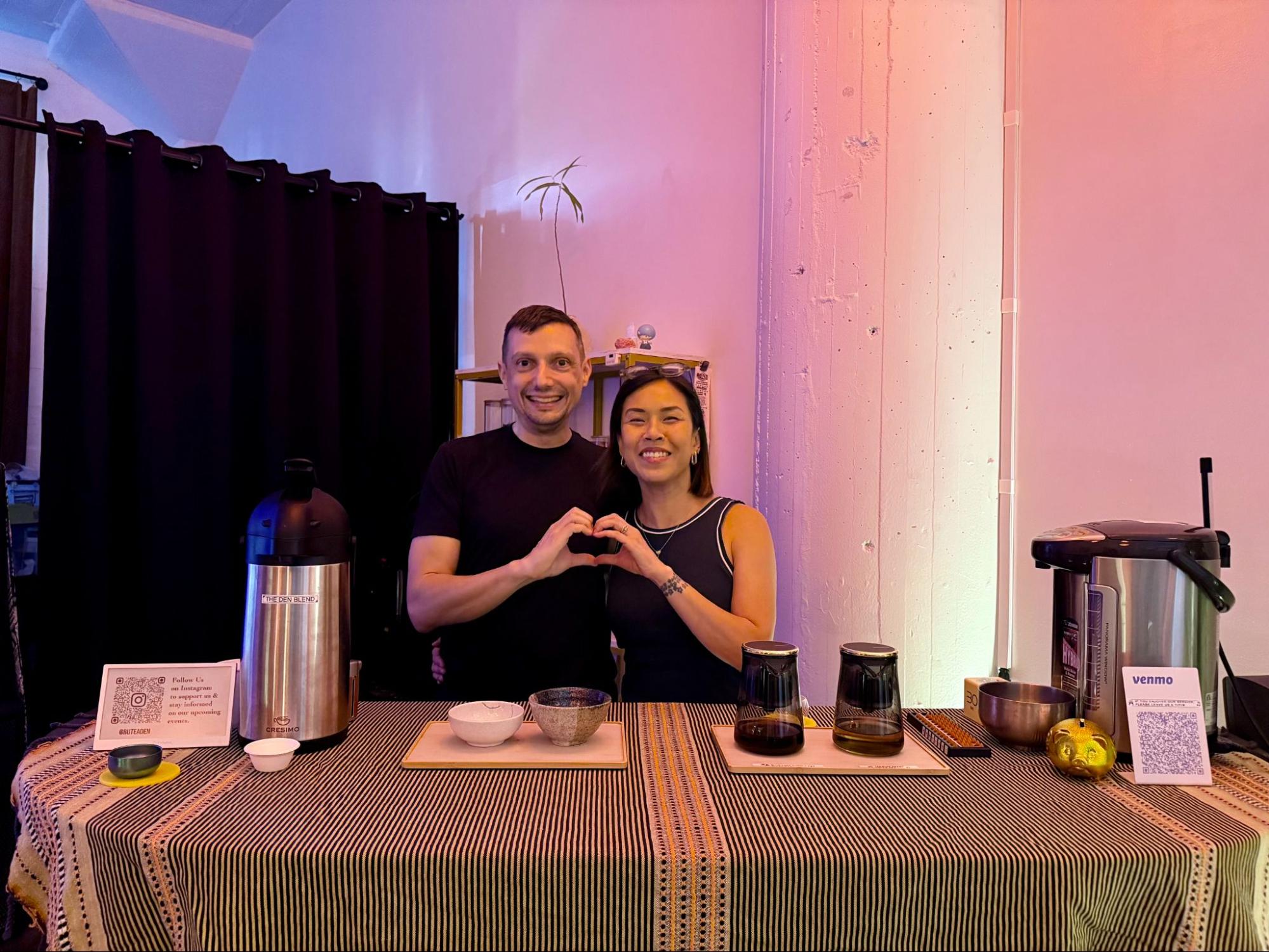Welcome to L.A. TACO’s new monthly education column, “The L.A. Public School Report.” If you have any story tips, send them to janette@lataco.com for consideration.
Before the pandemic, if you asked 7th grader Nicolas Lara to walk you through his weekly routine, he’d tell you that his preparation would begin the night before. He’d make sure to prepare his clothes for school and lay them on the side before going to bed.
The following day his routine was straightforward and went a little like this:
Get up, take a shower at 6 AM, get dressed, spray cologne (he likes to smell good), eat, and by 7 AM, he was ready for his day and eagerly anticipating the arrival of the school bus outside his house.
For children with special needs like 12-year-old Nicolas, who is diagnosed with high functioning autism, this daily routine was thrown out of order in 2020, when COVID-19 caused the closure of schools across the country. And although it's safe to say that the sudden change impacted everyone, it can trigger a tantrum and anxiety when Nicolas’s routine is not in order. Something as small as the bus showing up a minute later than usual or him not being next in the shower can trigger children and people like Nicolas.
“It was difficult. This applies to 'normal' kids, too. They depend on a routine just like their parents, to get to work on time, to get to school on time,” said his father, Ricardo Lara. “So we all rely on a certain schedule, but more so, I think kids under the spectrum really rely on it because that's how they navigate time, and that's how they manage their day.”
Lara explained that there wasn't a real sense of a routine with Zoom classes because a student is sitting in front of a screen all day. There is no preparation of clothes the night before and no recess or lunch with their friends. And for students like his son, who require extra attention, grasping information online can be challenging. Zoom classes also mean that the student does not get the additional assistance and resources a student would get in a classroom.
“I think the pandemic has really given us time to rethink education, re-think standard testing, grading and so much more,” she said via Zoom. “What is really important for these students? in this new school year, it feels like there’s more focus on simply building a new routine that works for all involved.”
“For example, we had to hire a babysitter to be here while he was on Zoom, so she could kind of play the part of a teacher's aid. [They] help them teach or do one on one with students,” he said over the phone. “My son has a learning disability, and it’s hard for him to read and write, so those teacher aids are a huge help for providing that extra support.”
Although schools like that of Nicolas have returned to in-person classes, teachers and students under the spectrum have expressed a multitude of challenges. According to a survey conducted with 106 special education teachers, behavior specialists, and speech pathologists who work with autistic students, many reported "making the best out of a bad situation" and "constantly using 'trial & error' to find the best way for their students to eLearn."
Gabriel Serrano, a special education teacher at Emelita Elementary school, couldn't agree more. He said it was difficult to accommodate his students with special needs during remote learning. “I definitely struggled to make things happen, and it honestly felt like we were all doing damage control.”

Serrano who teaches a mix of kindergarten, 1st, and 2nd graders, said one of the hardest things they have had to deal with as special education teachers is the overwhelming lack of staff. It’s reported that since the pandemic began and during these high peeks of COVID and Omicron cases in Los Angeles, LA Unified is struggling to fill 600 teacher vacancies.
“Now that we're back in-person we don't have enough people to fill all the roles, there are positions that are open but there are just no people to fill them,” Serrano said. “We’re having to double-up on duties and play different roles, which can be stressful but we push through for the students.”
Mr. Serrano said in the last couple of weeks, he’s had to shut down his class multiple times because someone tested positive or was exposed. And when certain students are absent because of COVID, teachers are asked to integrate the quarantined students through zoom while teaching in-person. This can be difficult when teaching students with special needs, in his case, he’d teach his in-person class and with the assistance of his aid, he’d then have to step aside to a corner with his computer to teach students at home.
“We’re all just trying to figure it out as we go. When my aids are absent it’s hard. But for me at least, I try and keep it as least disruptive as possible for the students,” Serrano said. “There’s no roadmap to how to properly navigate this because none of us have ever experienced this before.”
It’s important to note that although in-person learning can be difficult, some students did adapt well to remote learning. Serrano and teachers like Jo Anna Mixpe Ley, a 9th grade English teacher at MSTMA at Roosevelt High School expressed some of their students doing better online vs in-person. “For students who are shy or who may have some social anxiety learning online helped them,” she said.
And this was proven last Spring when her students were given the option to return to in-person classes, she only had two students show up. By the end of the year, she said only one student would show up to class, a complete contrast to this semester when her students were all able to return.
“I think the pandemic has really given us time to rethink education, re-think standard testing, grading and so much more,” she said via Zoom. “What is really important for these students? in this new school year, it feels like there’s more focus on simply building a new routine that works for all involved.”
Although students with special needs all require extra attention, those needs combined with navigating school can bring up other challenges depending on what their life at home is like. One big challenge Lara faced with remote learning was navigating a computer for Nicolas. His 15-year-old son had to teach him how to send an email, upload photos, and how to submit his children's homework online.
For his son, in-person learning is crucial, not just because he is better able to soak in the information taught, but it also helps Nicolas develop his social skills. When L.A. TACO asked Nicolas what he missed most about school when remote learning, he reinforced what his dad said. “My teacher. My Friends.”
When asking Lara what the first few weeks back to school have been like and what he thinks it says about the rest of the school year, Lara said he’s hopeful that as the year unfolds things will begin to “smooth out.”
“We take everything day by day, and if things were to shut down again, we have no option but to adapt, but hopefully this time with more resources,” Lara said. “As for Nikkie's (Nicolas), he 100% would rather be in school. Now that they are in-person, he got a bit of that “normal” back. The highlight of his day is still the bus showing up in the morning.”







